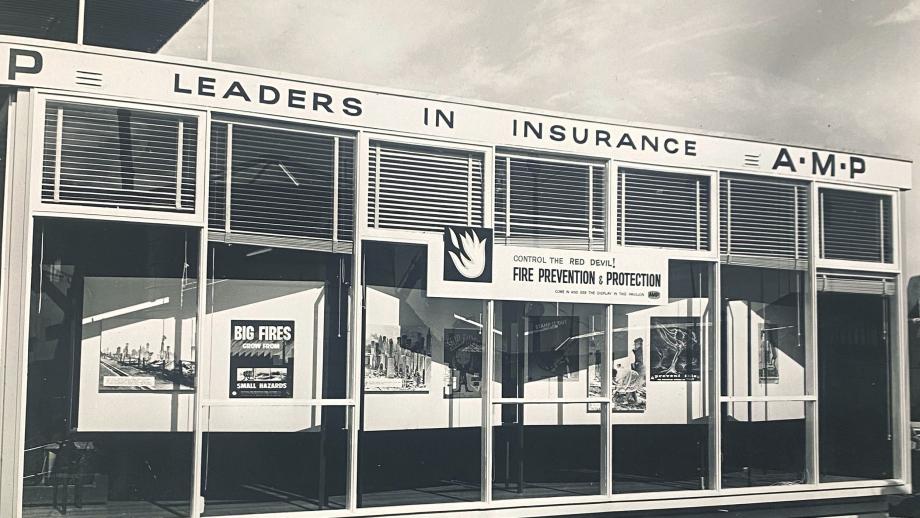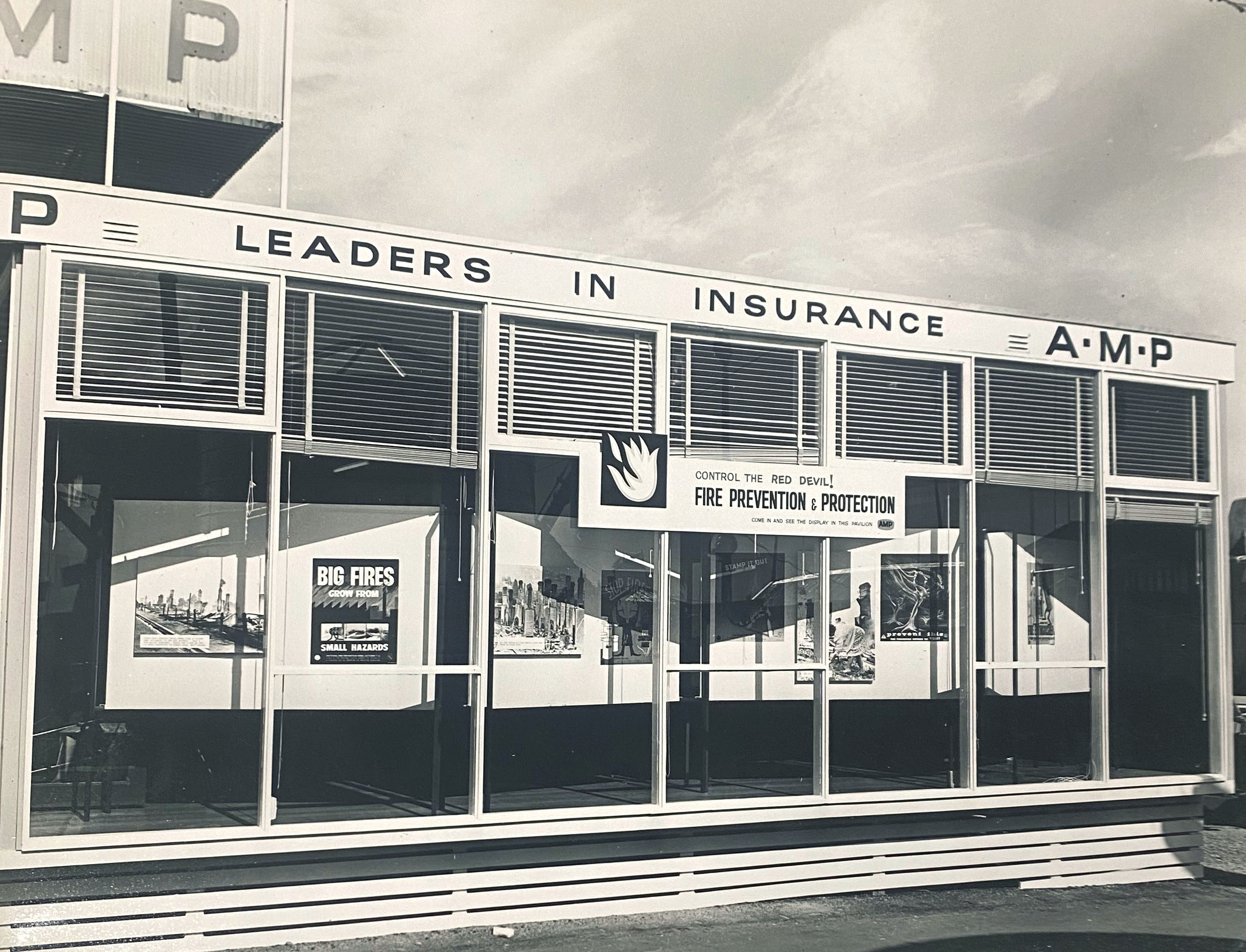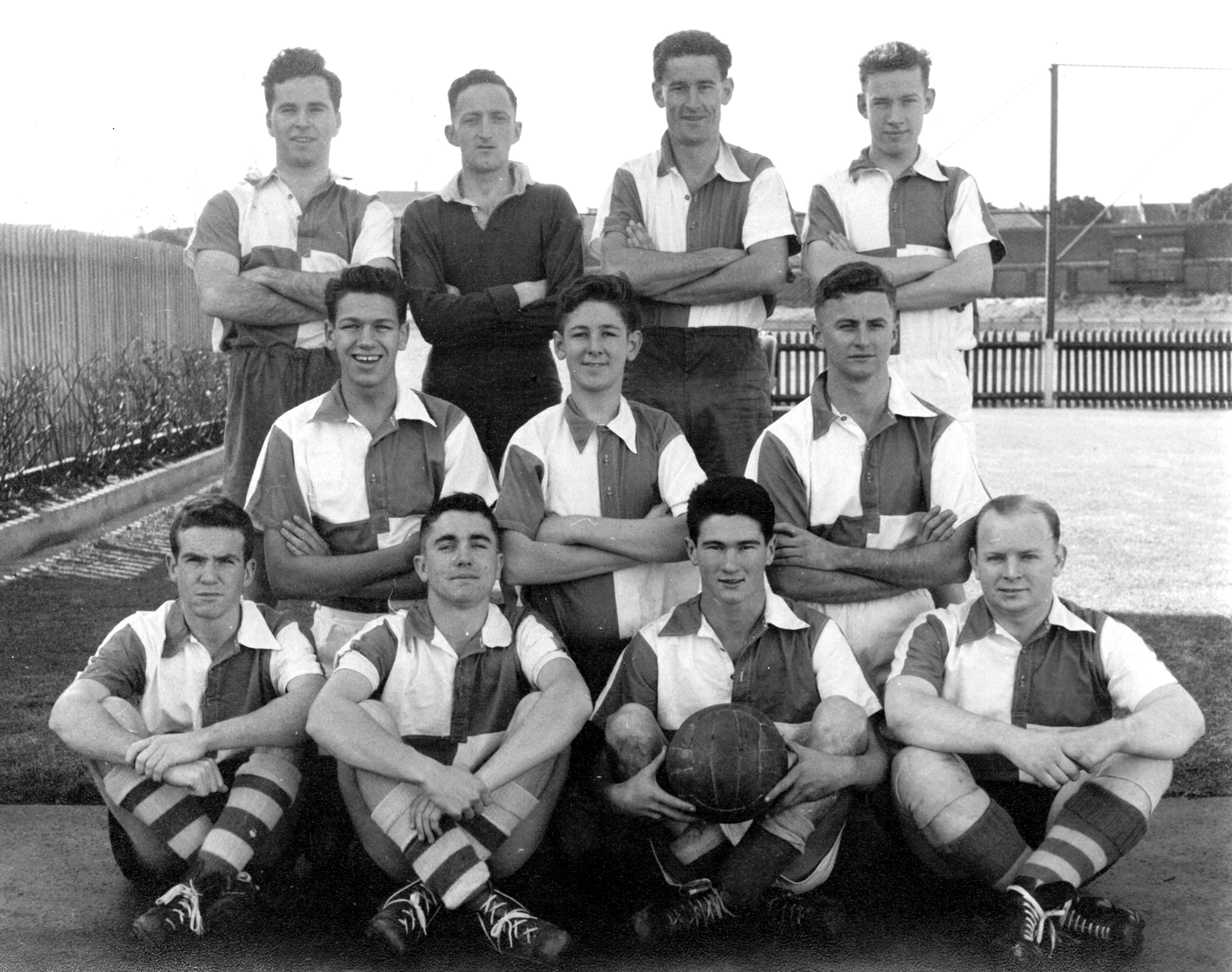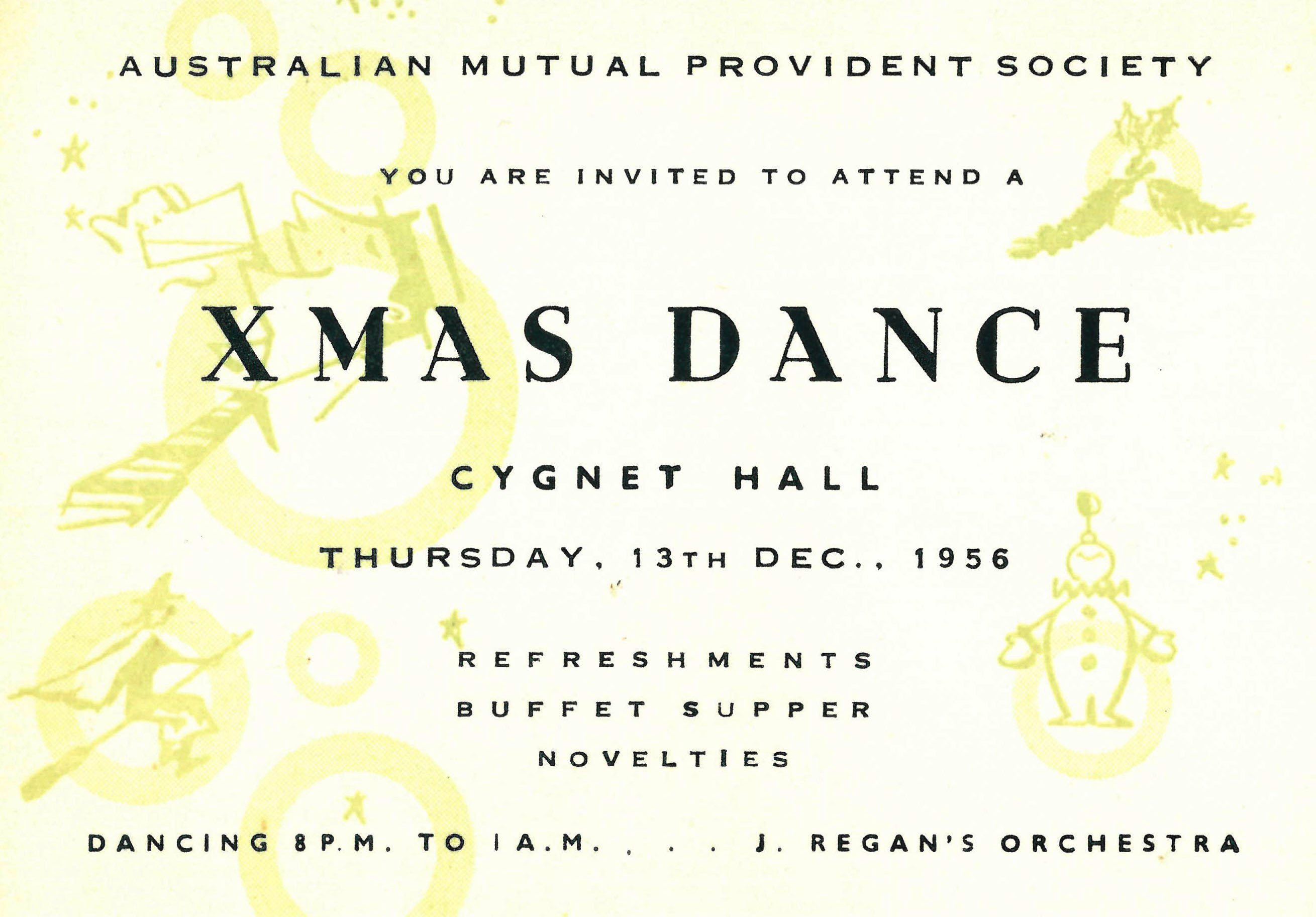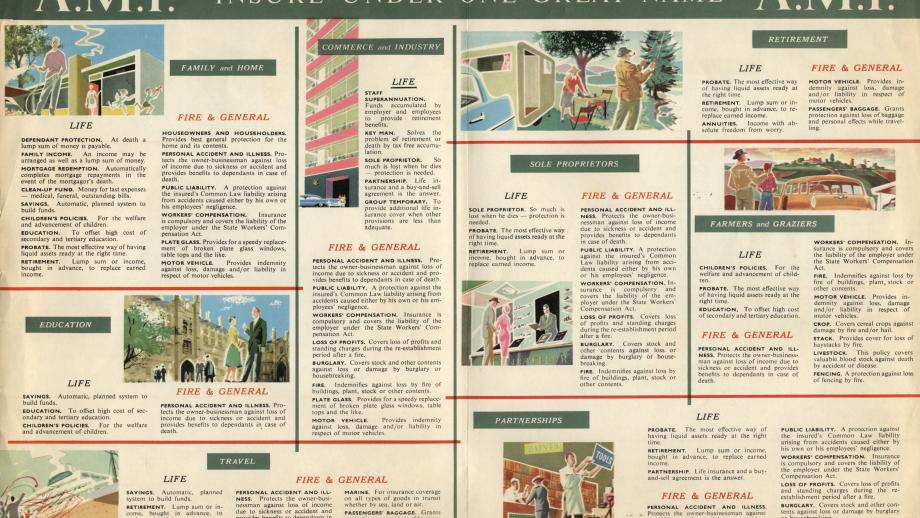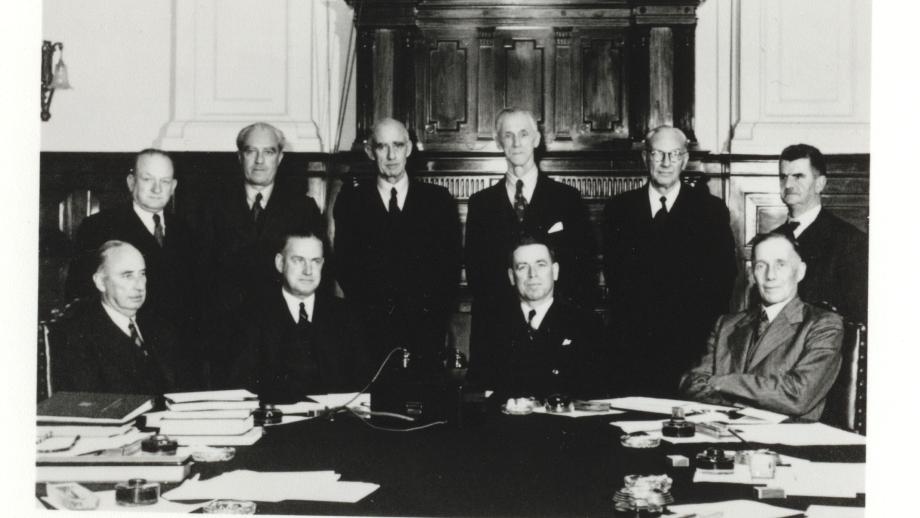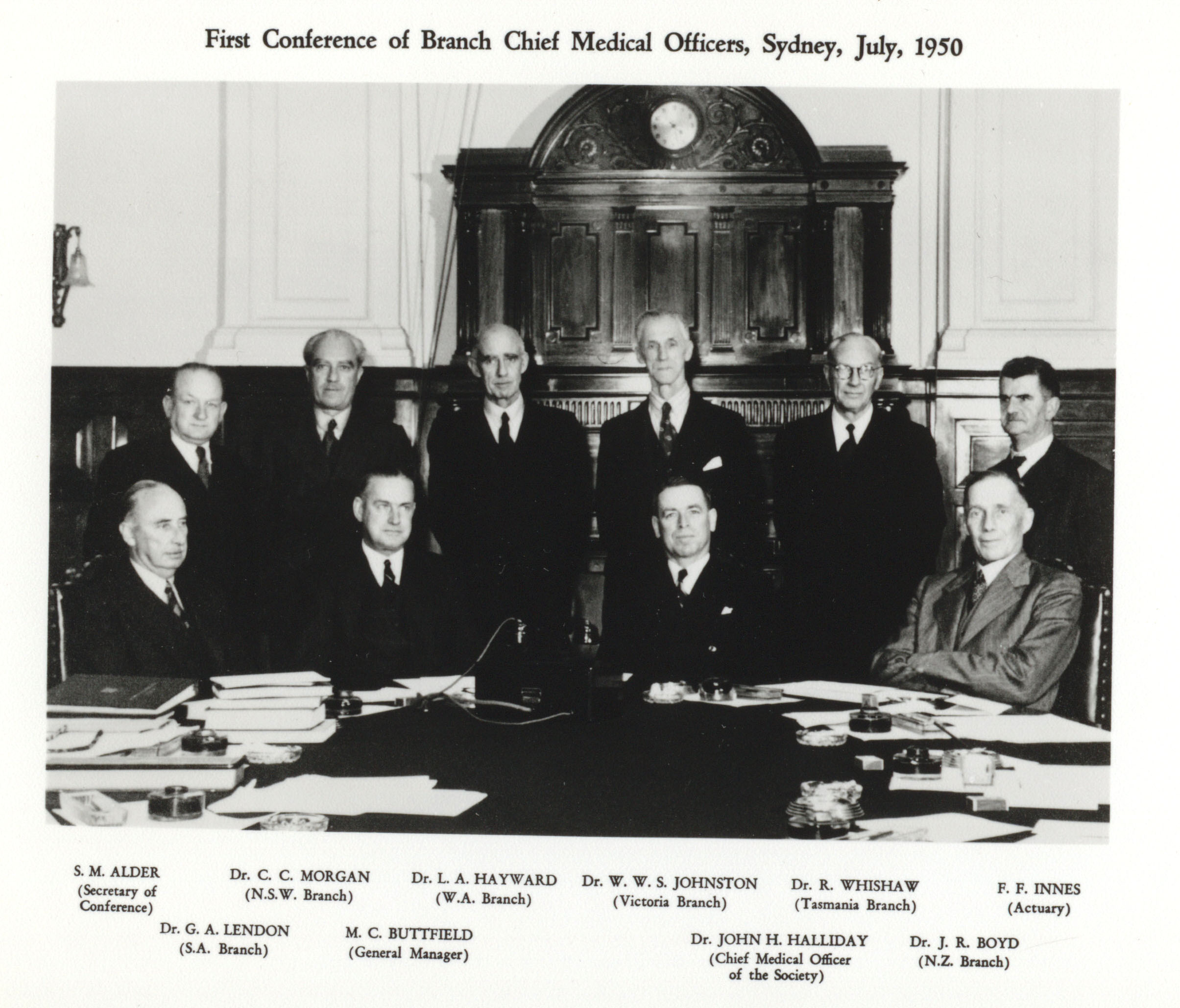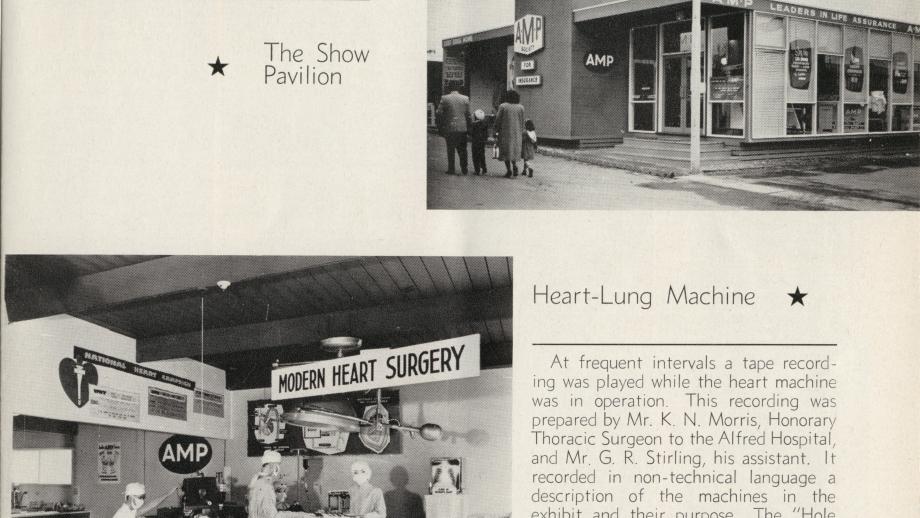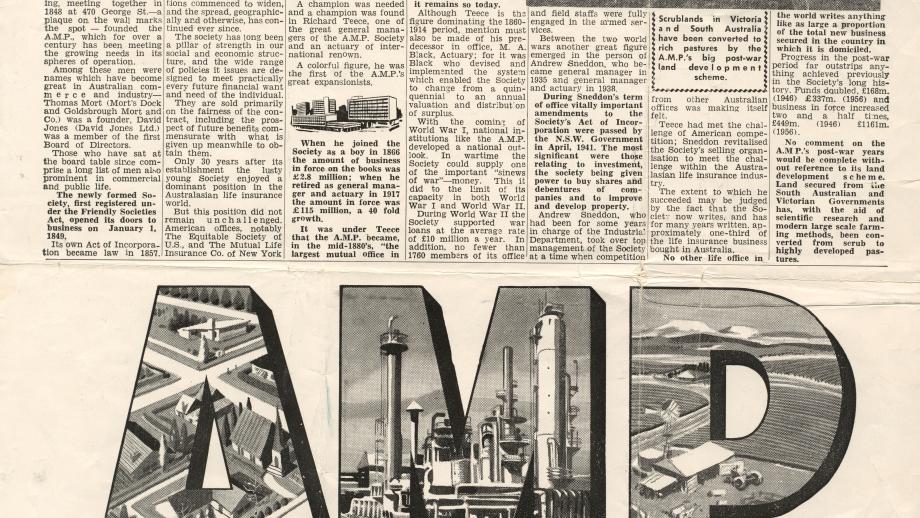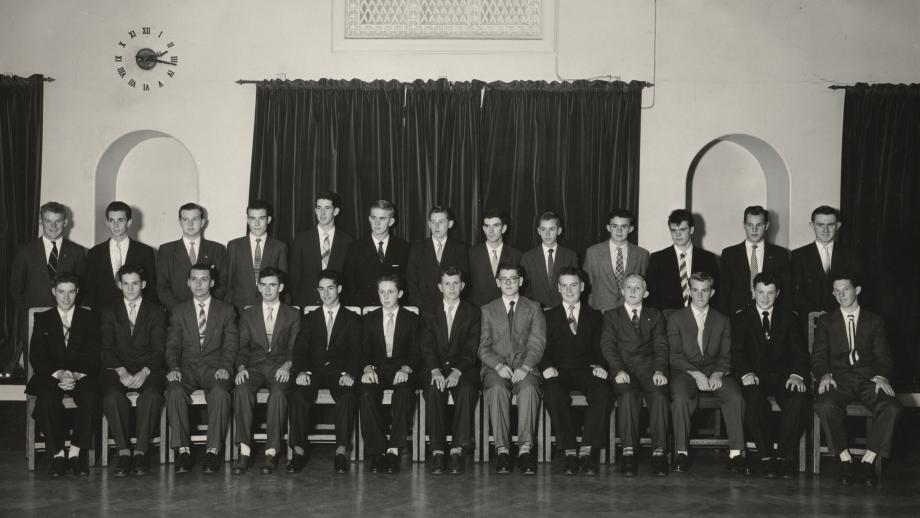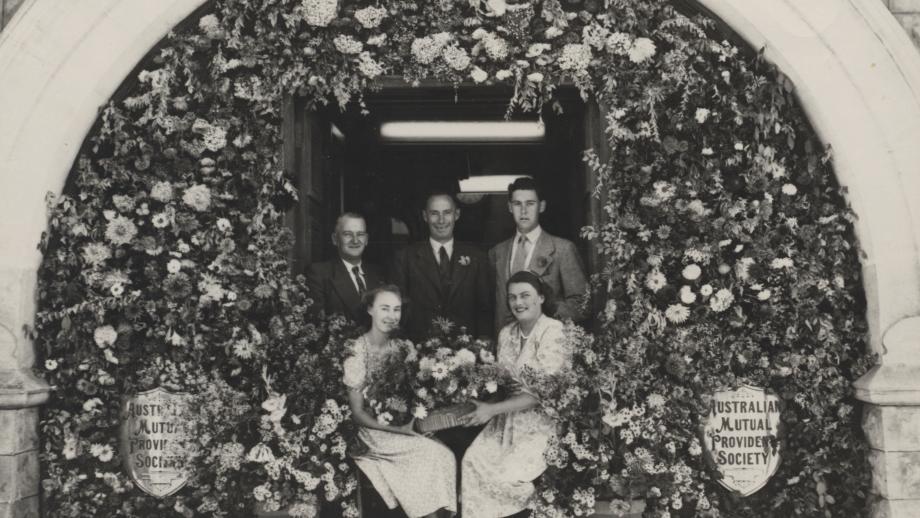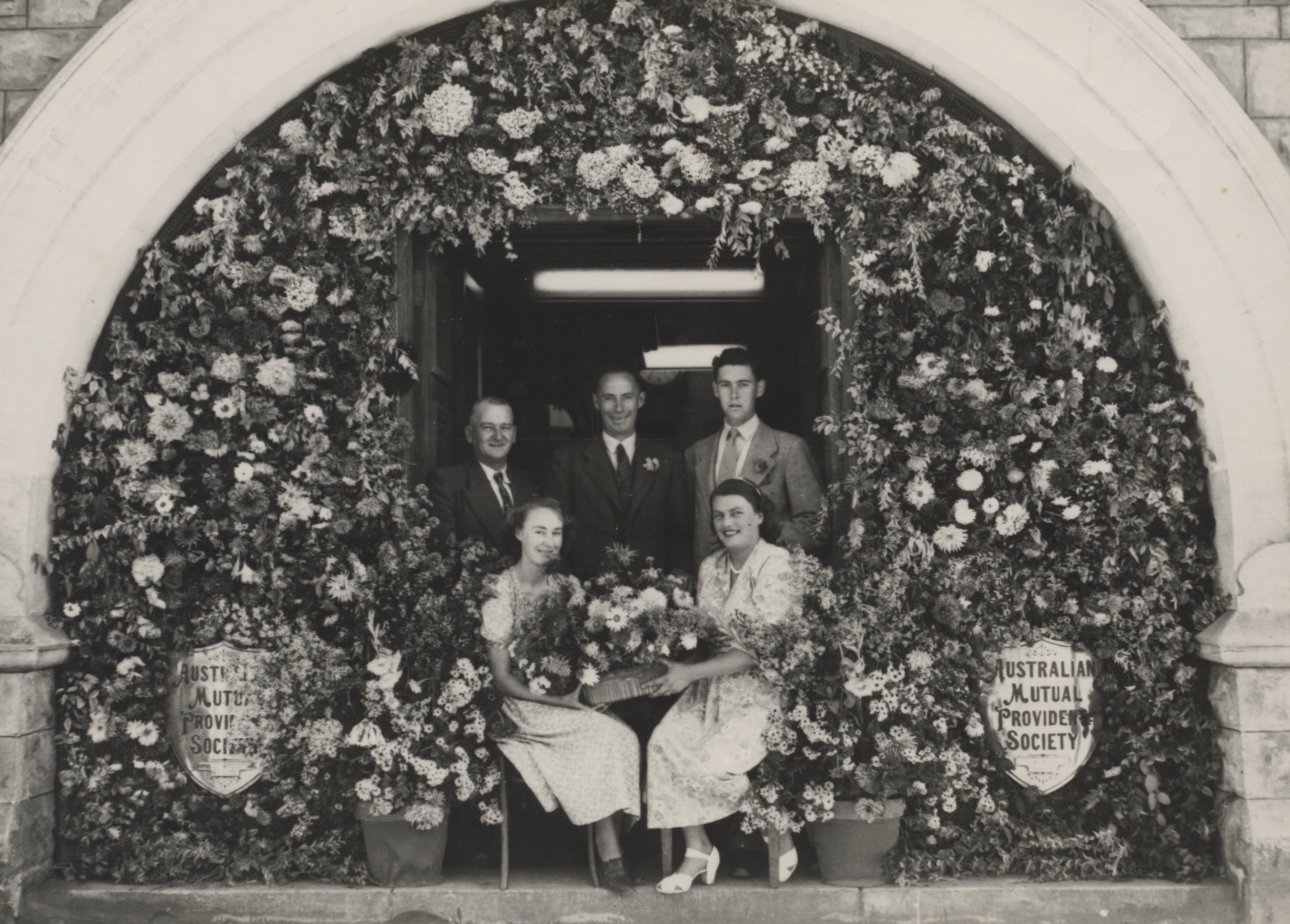The Post-War Boom
Just a few months after the end of the Second World War, AMP general manager Andrew Sneddon died. He had held the position since 1934 and was very popular with the staff. His replacement was Sydney Osmond, who had been with AMP since 1901, but being aged 61 when he took over, he lasted only two years in the top role before he was replaced by Archie (Monty) Buttfield, who was a comparatively young 49 years of age. Buttfield was the first general manager to hail from Western Australia, where he had worked his way up the ranks since starting with the Perth Office as a postage clerk in 1914.
In the post-war period, AMP, like most insurers, experienced a demand for their products. At this time, it sold a variety of products, but most fell either into the category of whole of life insurance which was paid out upon the policyholder’s death or at the age of 95 (whichever came first), or endowment assurance which incentivised the policyholder to save for their retirement or protect their family in case of their premature death.
In the 1950s Australia was in a post-war boom, with ample employment and strong migration from the UK and Europe. AMP appealed to these new migrants by producing leaflets in languages such as Dutch, Italian, and German and handing them out to migrants during their sea voyages to Australia (Blainey, 1999). However, inflation was rampant and unfortunately this meant that the value of insurance policies was greatly diminished.
At the start of the 1950s there were 22 life offices in Australia, but by the early 1960s this had grown to 43 and of these, only 17 were Australian owned (Blainey, 1999). AMP’s business remained swift, but it was losing significant market share to the large number of both old and new players in the field.
In 1952 AMP appointed its first economist, Dr Harold Bell, who was arguably Australia's first business economist. Bell began his association with AMP at the age of 16 when he gained a position as a junior clerk at the Ballarat Office. After serving with the Australian Navy in the Second World War, Bell returned to AMP, working in the Melbourne Office and completed studies in economics and philosophy. He was widely known as "Dr H.F. Bell of the AMP Society" and as well as being an economic adviser to AMP, he was considered one of Australia's best minds in the field of economics.
AMP had always recognised the importance of policyholders living long lives. Many insurance firms addressed this by providing health services to members, but AMP took a different approach. It saw great value in funding health research and in 1953 launched a research fund that ultimately enabled 23 Australian scientists to undertake medical research. By 1978 this fund was financing 1/5 of the research into cardiovascular health in Australia (Blainey, 1999).
The health of potential policyholders came into sharper focus in the 1950s as advances were made in medical testing and diagnosis. From the 1950s, policyholders over 45 who applied for a policy of £10,000 or more were required to have an electrocardiograph, and those applying for a policy of £20,000 or more were required to have x-rays to confirm their health status (Blainey, 1999).
In 1958 AMP began offering fire and general insurance, the first time it had offered a product outside the realm of life insurance, and thus the AMP Fire & General Insurance Company was formed. This was not the only new venture the Society followed. In 1955, AMP entered the short-term money market and in 1958 established a partnership with the Sydney firm of Hordern, Utz & Bode to create the company Discount Corporation of Australia, specialising in short-term borrowing and lending in Sydney and Melbourne (Blainey, 1999).


